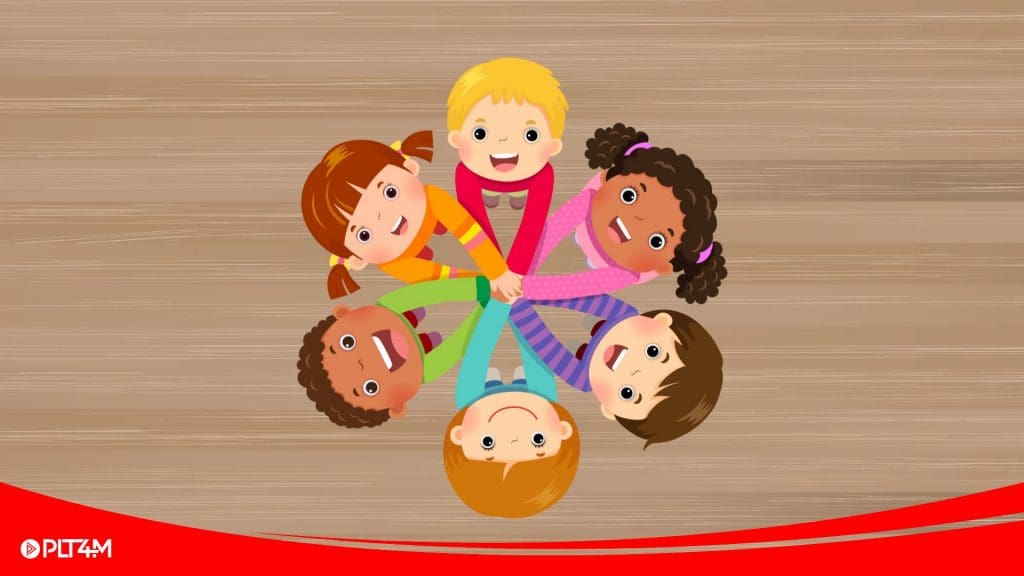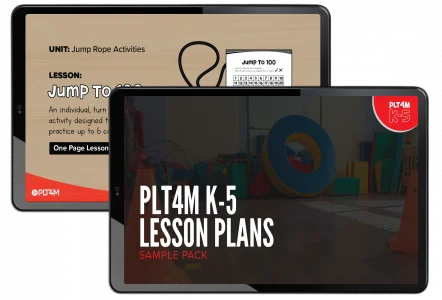Cooperative games for elementary PE are more than just playful group activities—they foster teamwork, communication, and social-emotional growth among young students. These games help children build trust, solve problems together, and develop a sense of belonging in the PE setting.
In this article, we’ll explore how cooperative games align with SHAPE standards, highlight a variety of engaging physical activity game options with descriptions, and share a full lesson sample from PLT4M’s K-5 curriculum to help bring team building to life in the classr
Standard-Aligned Cooperative Games For Elementary PE
Cooperative games are a perfect fit for SHAPE America Standard 3: Develops social skills through movement. This standard emphasizes how physical activity can be a powerful tool to help students build communication, teamwork, and interpersonal skills—especially in a group setting.
While all SHAPE standards are important in elementary PE, Standard 3 directly supports social-emotional learning and interaction through structured movement. Cooperative games give students consistent practice working with others in a positive, active environment.
Here are a few examples of how cooperative games align with sub-standards across grade levels:
PreK–2:
3.2.2 – Demonstrates ability to encourage others.
→ Activities like partner relays or team-building games allow students to cheer each other on and offer support.3.2.3 – Uses communication skills to share space and equipment.
→ Games that involve shared equipment or group goals promote clear, respectful communication and cooperation.
Grades 3–5:
3.5.2 – Uses communication skills to negotiate roles and responsibilities in a physical activity setting.
→ In games with specific team tasks, students learn to take turns, assign roles, and work together toward success.3.5.5 – Solves problems independently, with partners, and in small groups.
→ Cooperative challenges and group obstacle courses foster problem-solving through movement.
By designing lessons with Standard 3 in mind, teachers can help students grow into thoughtful, respectful teammates—skills that extend far beyond the gym.
Get A Free Sample Lesson
Try out our free Cooperative Game Lesson with your students and explore how PLT4M helps deliver fun, engaging, standards aligned PE!
Framing Cooperative Games For Elementary PE
Cooperative games are most effective when students understand the purpose behind them—not just how to play, but how to grow. That’s where thoughtful planning and guidance from the physical education teacher comes in. In cooperative activities, the goal isn’t just to “win” but to work together, communicate, problem-solve, and reflect.
To help structure this process, Mike Graham, an experienced elementary PE teacher and the lead content creator behind much of PLT4M’s elementary physical education curriculum, uses a simple 5-step process to frame cooperative games in a meaningful way:
Plan – “Team Talk”
→ Before jumping in, students huddle with their group to come up with a plan or strategy. What’s the goal? What’s the best way to work together efficiently and effectively?Test
→ Time to put the plan into action! Teams get a chance to try out their strategy in the cooperative game.Analyze and Adjust
→ Hit pause and return to the “Team Talk.” Did the plan work? What changes or improvements can be made before resuming?Re-Test
→ Try again using the revised plan. This round focuses on applying adjustments and seeing how collaboration evolves.Reflect
→ After the activity, the class discusses how it went. What went well? What challenges came up? How did the team grow?
These simple steps help break up class time, encourage deeper thinking, and give students repeated opportunities to build the social and teamwork skills at the heart of the best cooperative games for elementary PE.
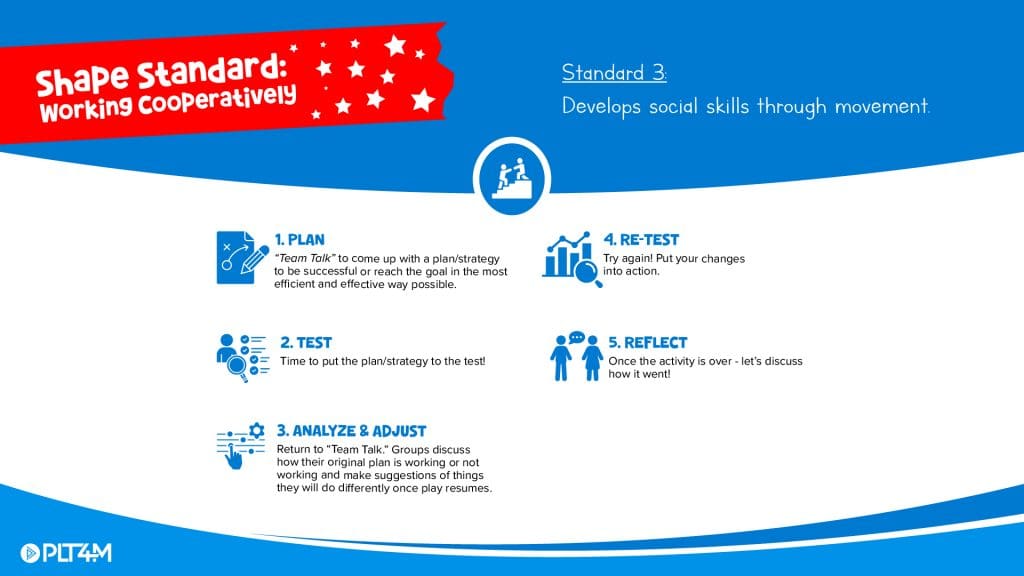
5 Cooperative Games For Elementary PE
In PLT4M’s library of over 150 elementary PE lesson plans, you’ll find tons of cooperative games for elementary PE specifically designed to help younger students build teamwork, communication, and problem-solving skills.
These cooperative games can be used as warm-ups, instant activities, or full-lesson experiences—perfect for reinforcing social-emotional learning and SHAPE Standard 3.
Here’s a look at five popular cooperative games from the PLT4M library:
Pipeline Challenge – A great cooperative activity where students work together to transport various items down the pipeline.
Hula Hut Relay – A small group cooperative activity designed to challenge students to work together in a variety of ways building hula huts with hula hoops!
Partner Pair Up Challenge – A self-directed, cooperative activity designed to get students working on a variety of skill & fitness tasks with different partners.
Magic Number – Teach your students how to make groups quickly with “Magic Number.”
Partner Mixer – A cooperative, instant activity designed to get students working with a variety of different partners.
While these are just a few examples, many other games and activities—including traditional sports like basketball, soccer, and various invasion games—can also be framed as cooperative experiences. When designed with collaboration and communication in mind, almost any activity can help students grow socially through movement.
Example Lesson From PLT4M’s Cooperative Games For Elementary PE
Check out an example of a cooperative game from one of PLT4M’s lessons for elementary PE. Featured in this blog is Pipeline Challenge.
In each lesson, PLT4M provides the following materials and resources for successful implementation of fun and exciting PE games and activities:
Activity Sheet – Great for lesson prep or PE sub plans!
Cues & Skill Standards
Equipment Checklist
Game Set Up
Step-by-Step Directions
Best Practices
These resources help teachers deliver meaningful and engaging cooperative games for elementary PE that support student development both physically and socially.
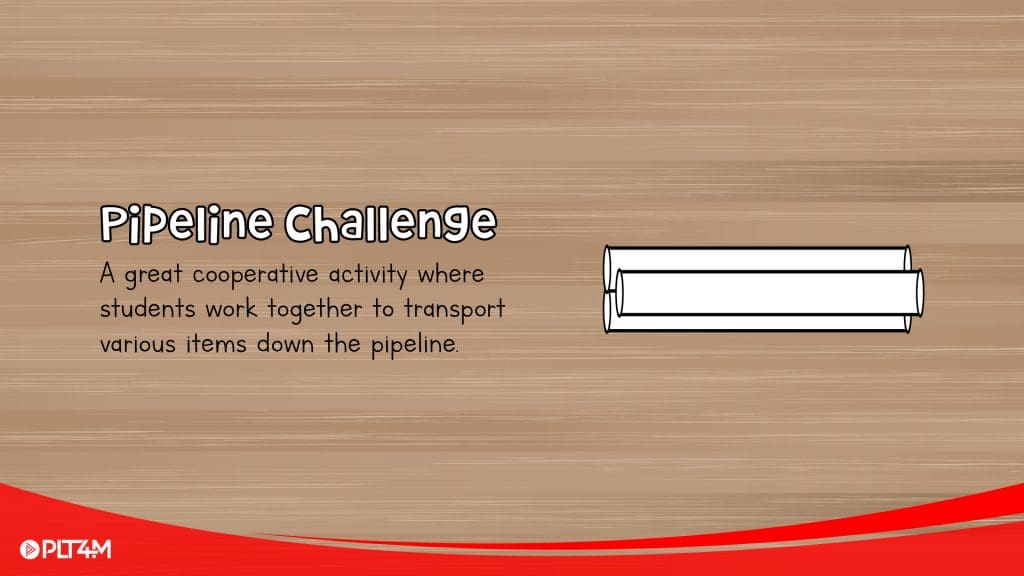
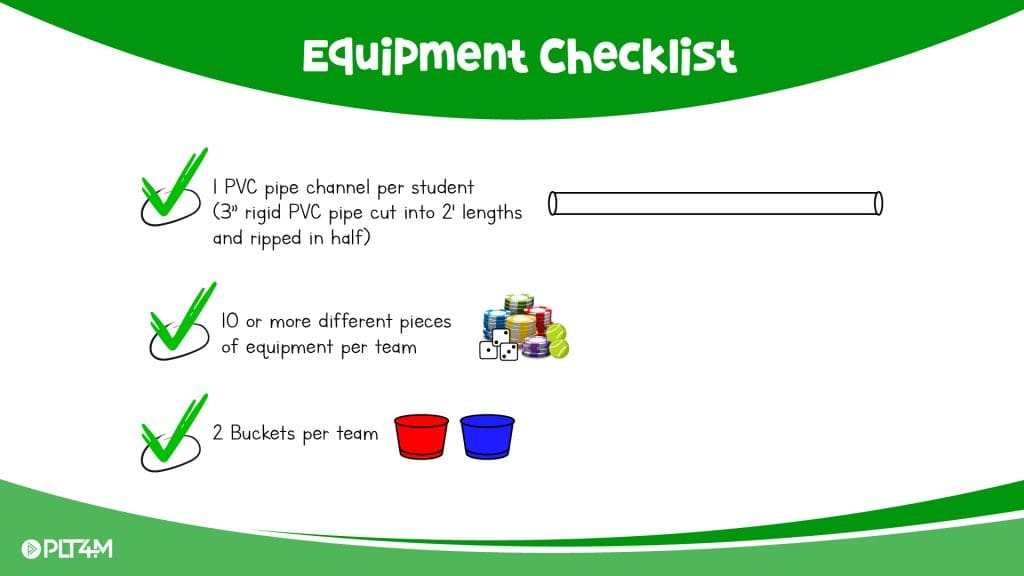
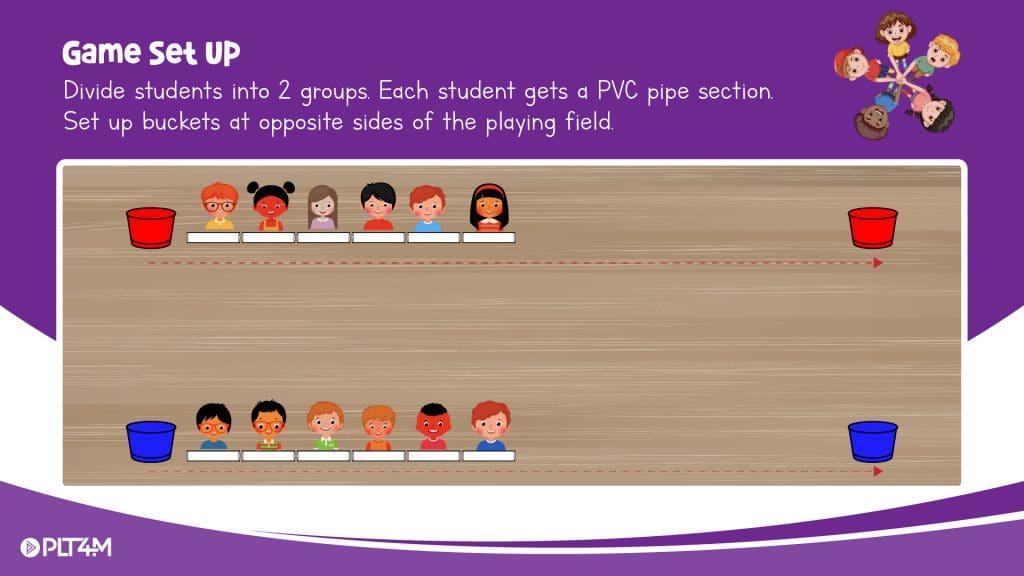

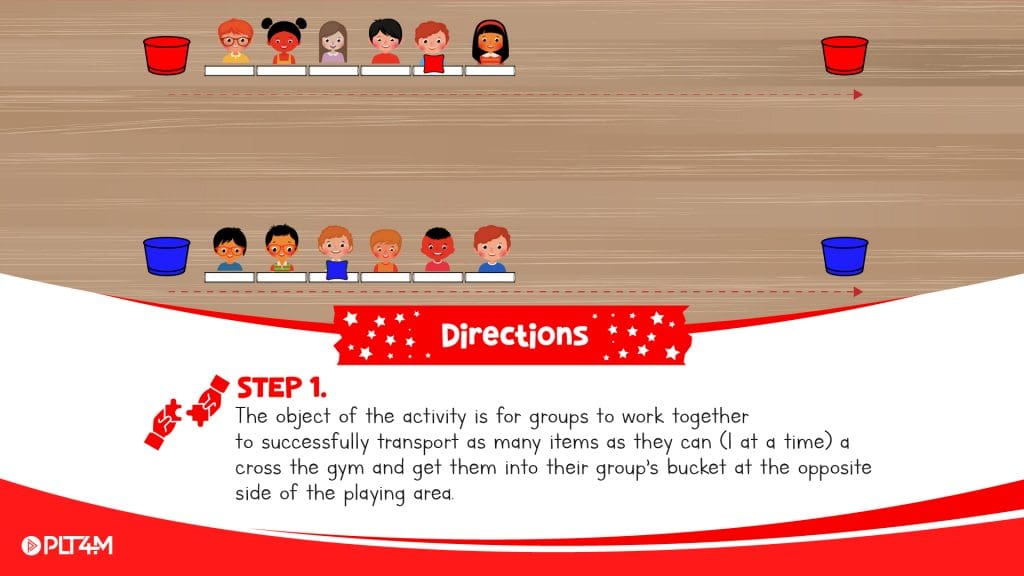
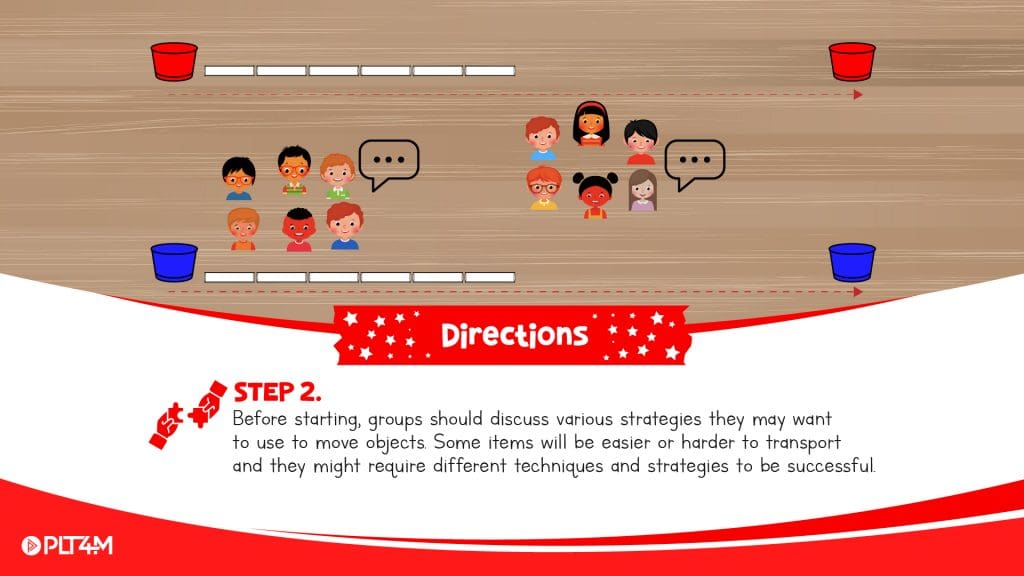
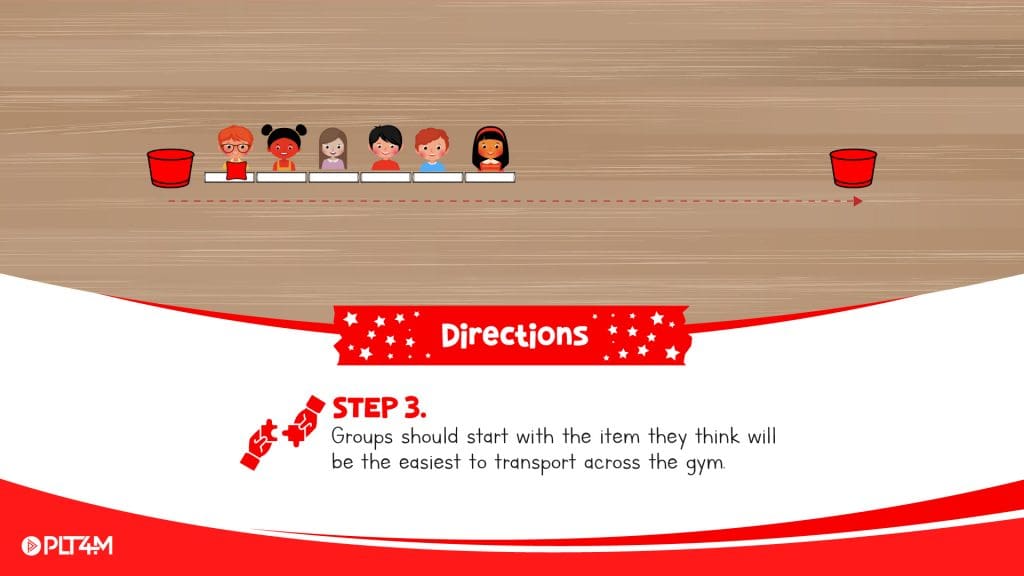
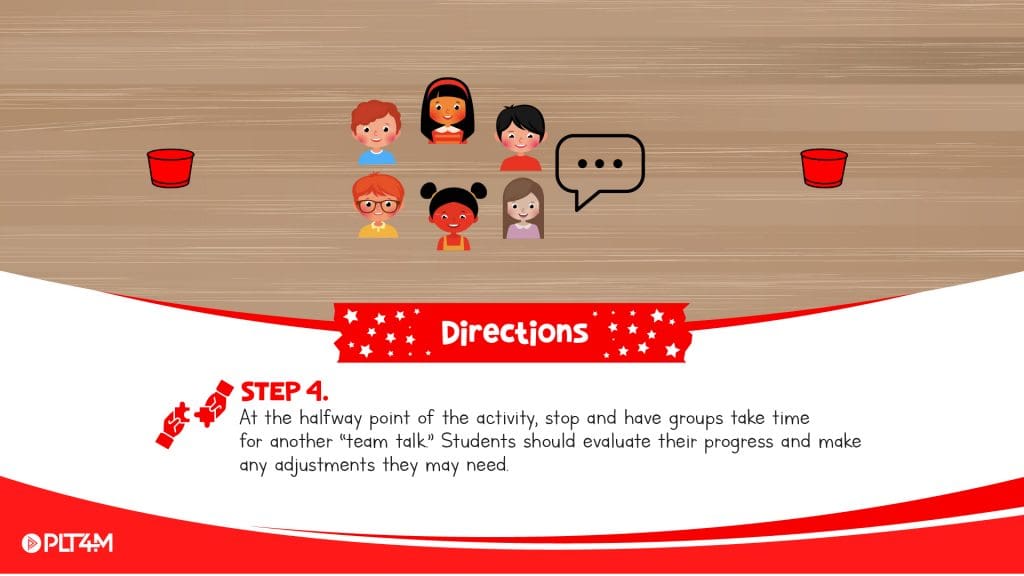
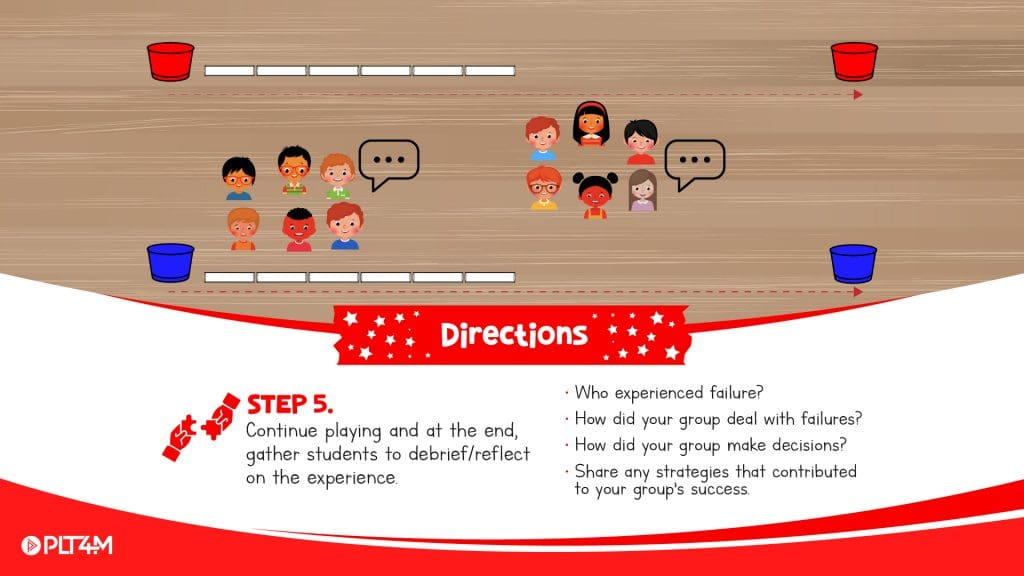
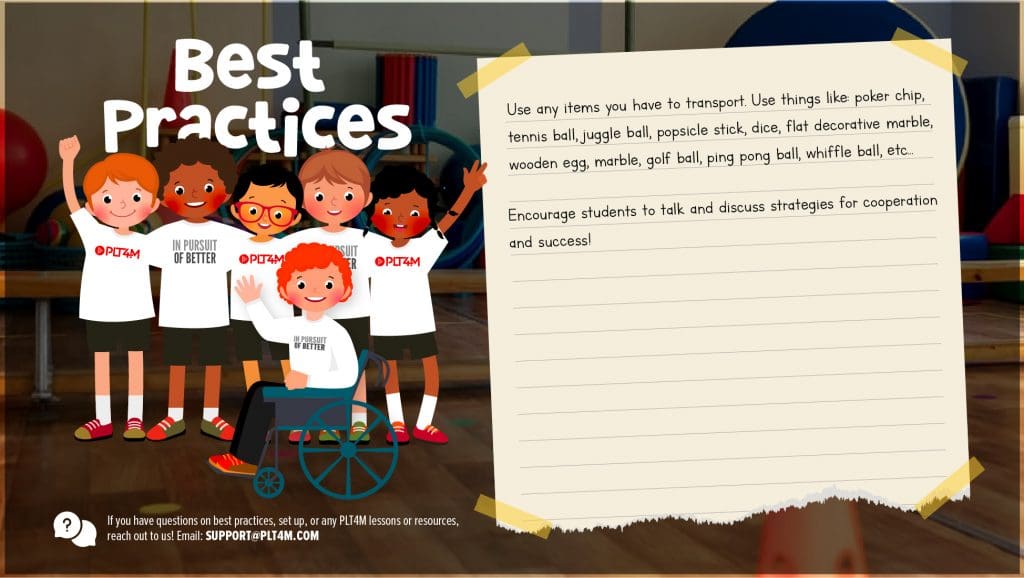
Key Takeaways On Cooperative Games For Elementary PE
Whether you’re running a full cooperative games unit or weaving cooperative activities into lessons throughout the year, PLT4M is a trusted source for high-quality games that young students genuinely enjoy. With a focus on teamwork, communication, and problem-solving, cooperative games help support critical social and emotional learning outcomes—making them an essential part of any elementary PE program.
As a physical education teacher, how you frame these activities matters. By intentionally setting expectations, guiding group dynamics, and facilitating meaningful reflection, you help students connect the dots between movement and social growth. Cooperative games are more than just fun—they’re opportunities to develop life skills like empathy, respect, and collaboration.
PLT4M’s elementary PE curriculum includes step-by-step resources, teaching cues, and best practices to help you confidently lead engaging and developmentally appropriate cooperative activities. When implemented with care, cooperative games can transform your classroom culture and give every student the chance to succeed—not just as individuals, but as part of a team.
Bonus – Check Out Other Elementary Physical Education Content
- PE Games For Elementary
- Elementary PE Lesson Plans
- Elementary Physical Education Curriculum
- Basketball Games For Elementary PE
- Jump Rope Activities For Elementary PE
- Tag Games For Elementary PE
- Soccer Games For Elementary PE
- Teaching Underhand Roll Via Bowling Lesson Plans
- Mike Graham, PE Teacher, Partners With PLT4M
